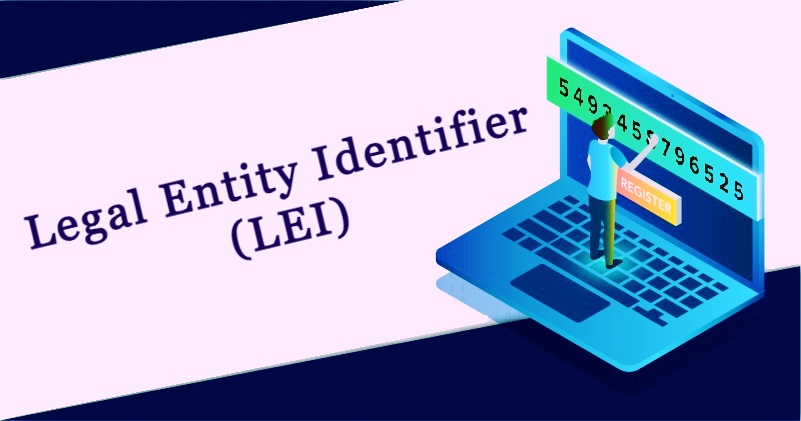In the ever-evolving realm of global finance, transparency and accountability are paramount. Amidst the intricate tapestry of financial transactions, a relatively recent development has been making waves – the Legal Entity Identifier, or LEI. Think of it as a digital fingerprint for financial entities – a unique code providing vital information about who they are and how they operate.
Unveiling the LEI
The Legal Entity Identifier (LEI) is a 20-character alphanumeric code identifying distinct legal entities engaging in financial transactions. It’s like a virtual ID, providing detailed and standardised information about the entity, such as its name, ownership structure, and location. This standardised identifier was introduced in response to the 2008 financial crisis, aiming to enhance transparency and enable better risk management in the financial sector.
The Essence of the LEI
LEIs are issued and managed by Local Operating Units (LOUs). These entities are responsible for overseeing the assignment and maintenance of LEIs. One such example is LEI Admin, which plays a vital role in issuing and managing LEIs.
At its core, an LEI provides crucial data about the entity it represents, facilitating a deeper understanding of its financial activities. Imagine it as a DNA sequence, unique to every entity, offering a glimpse into its identity and enabling authorities and market participants to trace their transactions accurately.
LEI Management Solutions: A Key Player
LEI management solutions act as custodians of financial identity, diligently assigning LEIs to eligible entities and maintaining the accuracy and integrity of the LEI database. It has an essential role in ensuring that LEIs are a reliable source of information for the financial community.
How LEIs Benefit the Financial Landscape
Enhanced Transparency
LEIs offer a higher degree of transparency in financial transactions. By providing standardised and readily accessible information about entities involved in these transactions, LEIs enable market participants and regulators to assess risk more accurately.
Streamlined Regulatory Reporting
Financial regulations often necessitate extensive reporting requirements. LEIs streamline this process, reducing administrative burdens and ensuring compliance with regulatory mandates. It simplifies the reporting structure, making it more efficient and less prone to errors.
Effective Risk Management
Understanding an entity’s financial footprint is vital for effective risk management. LEIs facilitate this by enabling a comprehensive view of an entity’s relationships and affiliations within the financial ecosystem. This, in turn, aids in assessing risk exposure more precisely.
Global Integration
LEIs offer a universal identification system, breaking down barriers of language and jurisdiction. This global integration is fundamental in today’s interconnected financial landscape, fostering trust and cooperation on an international scale.
Future Prospects of the LEI
As financial markets continue to evolve, the importance of the LEI is poised to grow. More jurisdictions recognise the significance of a standardised identification system, and initiatives are underway to expand its adoption.
In conclusion, Legal Entity Identifiers (LEIs) are more than just a string of characters. They represent a pivotal step towards a more transparent, accountable, and globally integrated financial landscape. Entities like LEI Admin play a pivotal role in ensuring the accuracy and effectiveness of this revolutionary system, making strides towards a safer and more efficient financial world.








